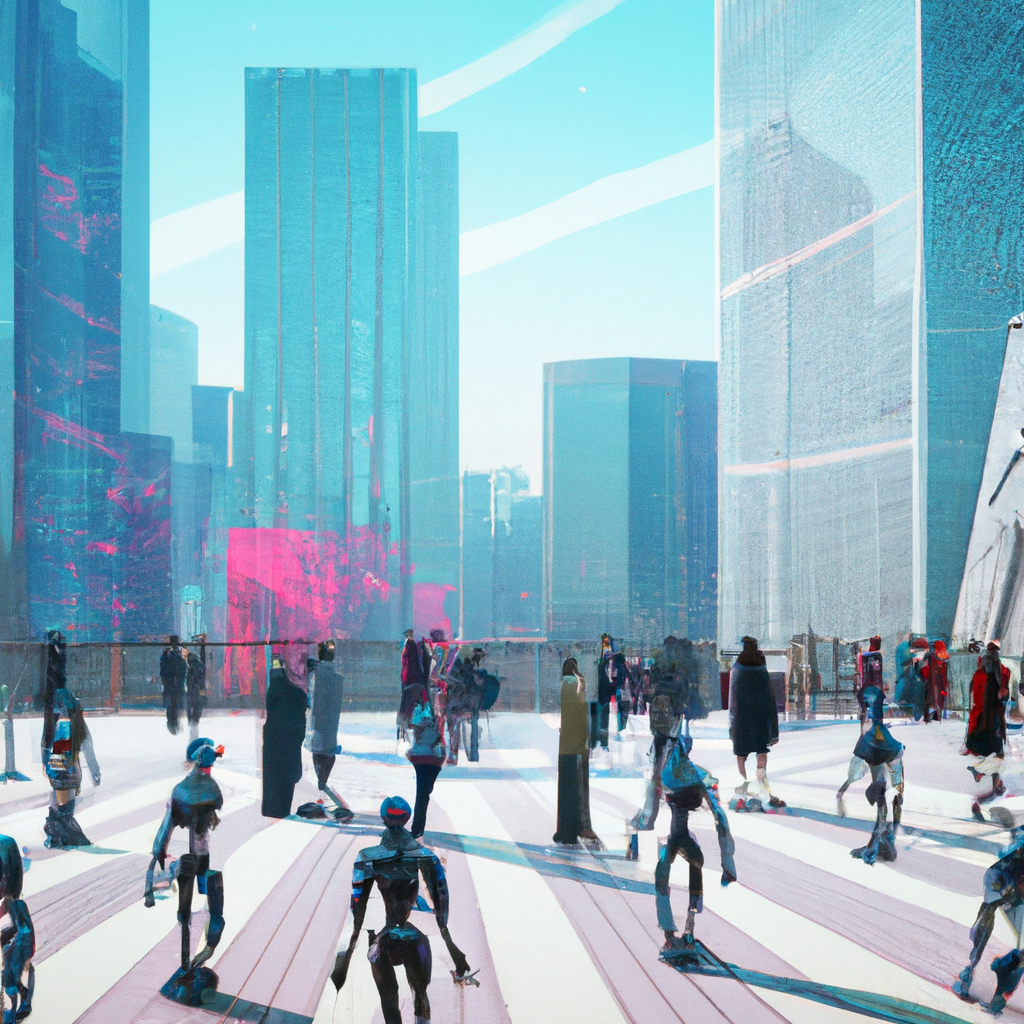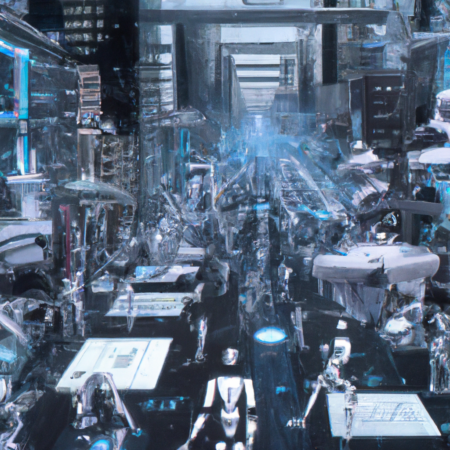Navigating the Waters of AI Innovation: Trends and Predictions for 2025
As we step into the second quarter of 2025, the landscape of artificial intelligence (AI) continues to evolve at an unprecedented pace. This blog post delves into the major trends and predictions that are shaping the future of AI, providing insights into how these advancements will transform industries and influence our daily lives.
1. Enhanced AI Ethics and Governance
With AI becoming more integral to decision-making processes, there is a heightened focus on ethics. Companies are now deploying AI governance frameworks to ensure that AI operations are transparent and accountable, minimizing biases and promoting fairness.
2. Breakthroughs in AI-Powered Healthcare
AI’s role in healthcare is expanding, with predictive analytics being used to personalize patient care and improve outcomes. In 2025, AI-driven diagnostic tools and robotic surgeries are becoming more prevalent, revolutionizing patient care.
3. AI and Environmental Sustainability
AI is playing a crucial role in combating climate change. Through advanced algorithms, AI is helping in the optimization of energy use and contributing to significant reductions in carbon footprints across various sectors.
4. Quantum Computing and AI
The integration of quantum computing with AI is opening new frontiers. This combination is enhancing computational abilities, leading to faster and more efficient problem-solving capabilities in fields such as cryptography and complex system modeling.
5. Ethical AI and Public Policy
As AI technologies permeate more aspects of our lives, government bodies are stepping in to regulate the space. This involvement is aimed at ensuring that AI advancements are used for the public good, fostering a balance between innovation and societal welfare.
In conclusion, the trajectory of AI in 2025 is marked by significant advancements that promise to enhance both individual and collective experiences. Staying informed and adaptive is key to navigating this ever-evolving landscape.






